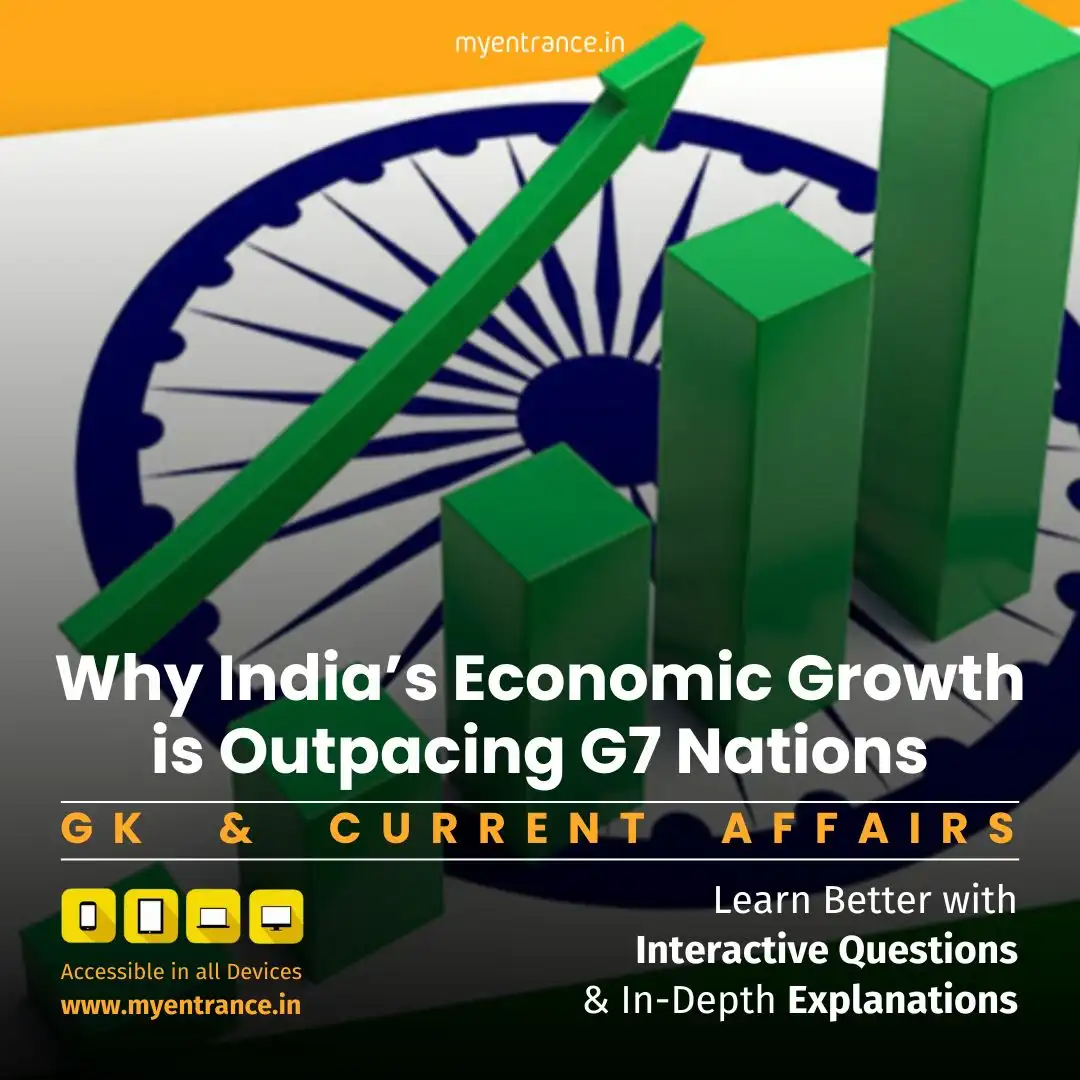Select Language
Why India’s Economic Growth is Outpacing G7 Nations – Detailed Analysis
India is rapidly emerging as a global economic powerhouse, set to outpace G7 nations in growth. Driven by strong fundamentals, policy reforms, and rising rural demand, the country offers unparalleled opportunities for investors and businesses alike.

India’s Economic Surge: Key Growth Drivers
1. Strong Macro Fundamentals & Policy-Led Investments
India’s economic resilience stems from robust macro fundamentals and strategic government policies. Key highlights include:
Policy-led capital expenditure (capex) has surged by 17.4%, fueling infrastructure and industrial growth.
A Rs 2.5 lakh crore liquidity infusion is underway, easing financial constraints and boosting investments.
Manufacturing shifts under the ‘Make in India’ initiative are attracting global firms, reducing dependency on China.
2. Rural Consumption Outpacing Urban Demand
Rural India is driving economic recovery, with:
FMCG demand growing at 6% (vs. 2.8% in urban markets).
The urban-rural spending gap narrowing from 84% to 70% in the last decade.
Increased government welfare schemes and agricultural growth boosting disposable incomes.
3. Global Factors Strengthening India’s Position
Declining Dollar Index (DXY) (down ~6% from 2025 peak) easing import costs.
Stable crude oil prices ($70/barrel) reducing inflationary pressures.
‘China+1’ strategy benefiting India, with companies like Apple shifting production here.
4. India’s Rising Contribution to Global GDP
Projected to contribute over 15% of global GDP growth (2025-2030).
Outperforming Japan (<1%) and Germany (~1.3%) in GDP growth contribution.
5. The Shift in Investment Strategies
Traditional 60/40 portfolio models (60% stocks, 40% bonds) are becoming obsolete. Instead:
Strategic asset allocation across geographies is now essential.
India’s multi-engine growth (rural demand, capex, manufacturing) presents long-term alpha generation opportunities.
Sample Questions & Answers for Competitive Exams (SSC, PSC, Banking, etc.)
Q1: What is India’s projected contribution to global GDP growth between 2025-2030?
A1: India is expected to contribute over 15% of global GDP growth during this period.
Q2: How much has rural FMCG demand grown compared to urban demand?
A2: Rural FMCG demand grew at 6%, while urban demand grew at 2.8%.
Q3: What is the ‘China+1’ strategy, and how is India benefiting?
A3: It refers to companies diversifying manufacturing away from China. India benefits through cost efficiency, lower attrition, and geopolitical alignment, as seen with Apple shifting iPhone production.
Q4: Why is the 60/40 investment strategy becoming less viable?
A4: Due to global economic volatility, strategic asset allocation across geographies and sectors is now crucial for better returns.
Q5: What key policy measures are boosting India’s capex growth?
A5: 17.4% increase in government capex post-elections and Rs 2.5 lakh crore liquidity infusion via phased CRR cuts.
Most Predicted Questions
Comprehensive study materials, Expert-guided tips & tricks, Mock tests and instant results.
Start your SSC, NIFT, NID, FDDI, PSC journey today with MyEntrance, your ultimate online coaching platform.















